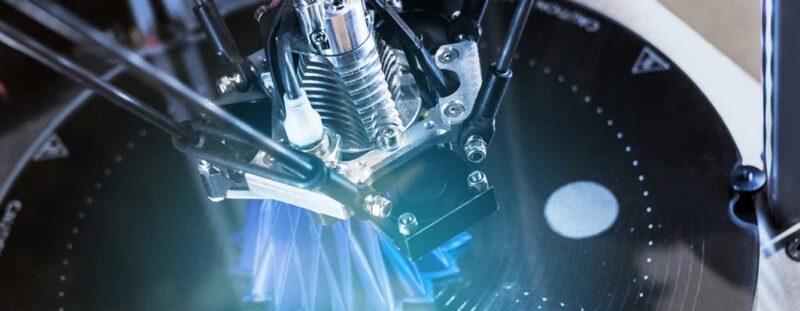Two joint innovation projects (JIPs) comprising 20 companies have developed guidelines for the production and qualification of additive manufactured parts for the oil and gas, and maritime industries. The JIPs, which concluded after 2 years, included two programs with one focused on a guideline to certify 3D-printed components managed by DNV GL. The second program focused on a supply chain setup for economic viability managed by management consultancy firm Berenschot.
In addition to develop guidelines to help qualify parts produced by laser powder bed fusion (LPBF) and wire arc additive manufacturing (WAAM) processes, the consortium sought to create an accompanying economic model.
The 20 firms partnering on the project were divided into the following categories:
Operators: BP, Equinor, Shell, and Total.
Contractors: Siemens, Kongsberg, IMI Critical Engineering, TechnipFMC, and SLM Solutions.
Fabricators: OCAS/Guaranteed, Quintus Technologies, HIPtec, Vallourec, Aidro, Immensa, Voestalpane, Ivaldi Group, Additive Industries, Sandvik, and AFRC of the University of Strathclyde.
The subsequent guidelines for quality assurance in LBPF and WAAM processes and parts were divided into three categories:
AM Class 1 (AMC 1): intended for noncritical components.
AM Class 2 (AMC 2): intended for less critical components.
AM Class 3 (AMC 3): intended for critical components.
Different assurance steps were issued depending on the class and 3D-printing technology used. These steps include build-process qualification testing (BPQT), production testing, and part-qualification testing.
According to the guideline, all classes of parts must be manufactured using a build process that has been qualified through a defined BPQT. This qualification ensures that when using a type of machine with a specific set of parameters, a certain level of quality is achieved.
At the conclusion of the JIPs, DNV GL launched two additional JIPs to continue the investigation into additive manufacturing technologies, and to develop a digital warehouse program.

